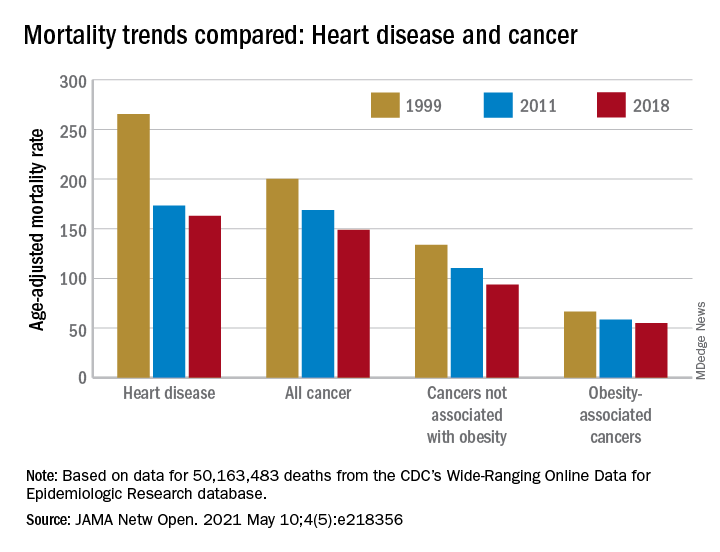Household Plastic Chemicals: The Potential Connection To Cardiovascular Disease Mortality

Table of Contents
Types of Household Plastic Chemicals and Exposure Routes
Many common household items contain chemicals that could pose a threat to cardiovascular health. Understanding these chemicals and how we're exposed is crucial.
Bisphenol A (BPA) and Phthalates
Bisphenol A (BPA) and phthalates are two prevalent endocrine-disrupting chemicals (EDCs) found in various plastics. BPA is used in the production of polycarbonate plastics, often found in reusable water bottles, food containers, and the lining of food cans. Phthalates, on the other hand, are used to soften plastics, making them flexible, and are common in toys, personal care products, and vinyl flooring.
- Products containing BPA and phthalates: Reusable water bottles, food storage containers, canned food linings, plastic toys, vinyl flooring, personal care products (e.g., lotions, shampoos).
- Exposure pathways: Ingestion (consuming food or beverages from contaminated containers), skin contact (touching plastic items), inhalation (inhaling particles from plastic dust). The severity of exposure depends on the concentration of the chemical, frequency of contact, and individual susceptibility.
Other Endocrine-Disrupting Chemicals (EDCs)
Beyond BPA and phthalates, numerous other EDCs lurk in household plastics. These chemicals interfere with the body's endocrine system, potentially causing a cascade of negative health effects.
- Examples of other EDCs found in plastics: Per- and polyfluoroalkyl substances (PFAS), polyvinyl chloride (PVC) additives, certain flame retardants.
- Disruption of hormonal balance: EDCs can mimic or block hormones, disrupting normal bodily functions. This disruption can contribute to various health problems, including cardiovascular disease.
The Scientific Evidence Linking Plastic Chemicals to Cardiovascular Disease
While more research is needed, a growing body of evidence suggests a link between exposure to household plastic chemicals and cardiovascular issues.
Animal Studies
Animal studies have demonstrated correlations between exposure to plastic chemicals and cardiovascular problems.
- Key findings: Several studies have shown increased blood pressure, atherosclerosis (hardening of the arteries), and other cardiovascular abnormalities in animals exposed to BPA and phthalates.
- Limitations: While animal studies provide valuable insights, extrapolating these findings directly to humans requires caution due to species-specific differences in metabolism and response.
Human Epidemiological Studies
Human epidemiological studies are more challenging but provide valuable insights into the real-world impact of these chemicals.
- Key findings: Some studies have reported associations between exposure to certain plastic chemicals and increased risks of cardiovascular disease mortality, although these studies often face challenges in isolating the effects of plastic chemicals from other risk factors.
- Challenges in human epidemiological studies: Confounding factors (other lifestyle or environmental exposures), long latency periods between exposure and disease onset, and difficulties in accurately measuring exposure levels.
Mechanisms of Action
The exact mechanisms by which plastic chemicals contribute to cardiovascular disease are still under investigation, but several potential pathways exist.
- Processes involved: Inflammation, oxidative stress, endothelial dysfunction (impaired function of the blood vessel lining).
- Contribution to cardiovascular disease: These processes contribute to the development of atherosclerosis, hypertension, and other cardiovascular diseases.
Reducing Exposure to Household Plastic Chemicals
While completely eliminating exposure may be difficult, you can significantly reduce your risk by adopting some simple strategies.
Smart Shopping Choices
Making conscious choices when shopping can help minimize your exposure.
- Safer alternatives: Opt for glass, stainless steel, or bamboo alternatives for food storage and water bottles.
- Certifications: Look for products certified as BPA-free, although this doesn't guarantee the absence of all potentially harmful chemicals.
Safe Handling and Disposal Practices
Proper handling and disposal of plastics can also reduce exposure.
- Avoiding chemical leaching: Avoid heating plastics in microwaves or dishwashers, as this can increase chemical leaching.
- Recycling and disposal: Recycle plastics appropriately according to local guidelines; dispose of damaged or heavily used plastics properly.
Conclusion
The potential link between household plastic chemicals and cardiovascular disease mortality is a growing concern. While more research is needed to fully understand the complex relationships involved, the existing evidence suggests a cause for caution. By understanding the potential dangers of household plastic chemicals and making informed choices about the products you use and how you handle them, you can significantly reduce your exposure and contribute to a healthier future. Learn more about safer alternatives and take control of your risk factors today!

Featured Posts
-
 Ton Duc Thang Khang Dinh Vi The Tai Giai Bong Da Sinh Vien Quoc Te 2025
Apr 30, 2025
Ton Duc Thang Khang Dinh Vi The Tai Giai Bong Da Sinh Vien Quoc Te 2025
Apr 30, 2025 -
 Amanda Owens Post Divorce Plans A New Chapter
Apr 30, 2025
Amanda Owens Post Divorce Plans A New Chapter
Apr 30, 2025 -
 Clases De Boxeo Edomex Apuntate Antes De Que Se Agoten Las Plazas 3 Dias
Apr 30, 2025
Clases De Boxeo Edomex Apuntate Antes De Que Se Agoten Las Plazas 3 Dias
Apr 30, 2025 -
 Exploring The Differences 9 Ways To Tell Target And Standalone Starbucks Apart
Apr 30, 2025
Exploring The Differences 9 Ways To Tell Target And Standalone Starbucks Apart
Apr 30, 2025 -
 Beyonce Channels 1991 Iconic Levis Advert Reimagined
Apr 30, 2025
Beyonce Channels 1991 Iconic Levis Advert Reimagined
Apr 30, 2025
